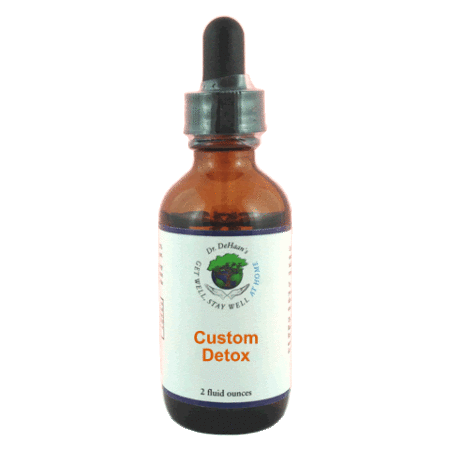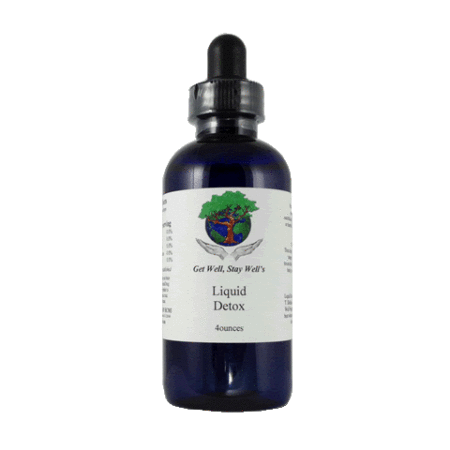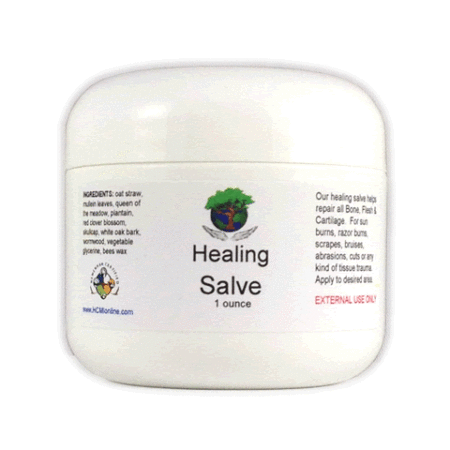Tick Detox Information
 Ticks are the leading carriers (vectors) of diseases to humans in the United States, second only to mosquitoes worldwide. It is not the tick bite, but the toxins, secretions, or organisms in the tick's saliva transmitted through the bite that causes disease.
Ticks are the leading carriers (vectors) of diseases to humans in the United States, second only to mosquitoes worldwide. It is not the tick bite, but the toxins, secretions, or organisms in the tick's saliva transmitted through the bite that causes disease.
Ticks require a "blood meal" to grow and survive, and they are not very particular upon whom or what they feed. If ticks don't find a host, they can die. Once a tick finds a host (such as a human, a pet dog or cat, a deer, or a rabbit) and a suitable site for attachment, it begins to burrow its mouthparts into exposed skin. Tick mouthparts are barbed, which helps to secure them to the host.
Often the tick secretes "cementum" to more firmly attach its mouthparts and head to the host. The saliva may also contain a blood thinner to make it easier for the tick to get its blood meal. Ticks may secrete or regurgitate small amounts of saliva that contain neurotoxins. These nerve poisons cleverly prevent the host from feeling the pain and irritation of the bite. Consequently, individuals may never notice the tick bite or its feeding. Thus tick bites are generally painless. Many people may not even notice the bite and may never find the tick if it falls off. Small ticks, like the deer tick that transmits Lyme disease, are so tiny they may be nearly undetectable. Some ticks are about as small as the period at the end of this sentence. The actual bite may cause symptoms only after the tick falls off.
However, some people may notice local redness, itching, burning, and rarely, localized intense pain (soft ticks) before or after the tick falls off. The majority of tick bites result in few, if any, immediate symptoms. The results of the illnesses transmitted by ticks often begin days to weeks after the tick is gone, so it is often difficult to know if a tick was responsible. After a tick bite, or once the symptoms develop, individuals may experience any of the following: flu-like, fever, numbness, rash, confusion, weakness, pain and swelling in joints, palpitations, shortness of breath, and nausea and vomiting.
falls off. The majority of tick bites result in few, if any, immediate symptoms. The results of the illnesses transmitted by ticks often begin days to weeks after the tick is gone, so it is often difficult to know if a tick was responsible. After a tick bite, or once the symptoms develop, individuals may experience any of the following: flu-like, fever, numbness, rash, confusion, weakness, pain and swelling in joints, palpitations, shortness of breath, and nausea and vomiting.
 Often tick-removal methods result in increasing the chances of infection. The greatest concern in removing a tick is the possible transmission of disease. Methods of removal that stimulate the tick to spit out even small amounts of their blood meal, or to pass infected saliva back into the host, may increase the likelihood of disease transmission. We DO NOT recommend commonly used methods such as: a hot match head touched to the hind parts of the tick, or covering or "painting" the tick with paint, nail polish, petroleum jelly, or gasoline. These can cause additional injury to the host (humans, dogs, cats) as well as stimulate the tick to produce more pathogen-containing secretions into the bite site.
Often tick-removal methods result in increasing the chances of infection. The greatest concern in removing a tick is the possible transmission of disease. Methods of removal that stimulate the tick to spit out even small amounts of their blood meal, or to pass infected saliva back into the host, may increase the likelihood of disease transmission. We DO NOT recommend commonly used methods such as: a hot match head touched to the hind parts of the tick, or covering or "painting" the tick with paint, nail polish, petroleum jelly, or gasoline. These can cause additional injury to the host (humans, dogs, cats) as well as stimulate the tick to produce more pathogen-containing secretions into the bite site.
Using a small pair of curved forceps or tweezers, carefully flip the tick over onto its back. Grasp the tick firmly with the tweezers as close to the skin as possible. Apply gentle pulling until the tick comes free. Twisting or turning the tick does not make removal easier because the mouthparts are barbed; in fact, this may break off the head and mouthparts, increasing the chances for infection. All of the head and mouthparts of the tick should be removed. The tick is attached firmly to most hosts so rough or improper handling may result in portions of the head and mouthparts remaining embedded in the skin.
This can become a site of infection and inflammation and might increase the likelihood of transmitting disease.
Treating A Tick Bite:
Unfortunately, there is no way of knowing if infected tick saliva passed from the tick to your body. If you are aware of a tick bite, the best solution is to make sure all the mouth parts have been removed. Apply some hydrogen peroxide (3%) to the bite site, then apply Liquid Detox. You may need an On-Line Consultation for the recommended Detox remedies in case you were infected with one of the common disease vectors listed below.
Disease Commonly Acquired From Ticks:
- Anaplasmosis -- vectors for Anaplasma bacteria
- Babesiosis -- vectors for Babesia, a protozoan
- Colorado tick fever -- vectors for Coltivirus, a RNA virus
- Ehrlichiosis -- vectors for Ehrlichia bacterial species
- Lyme disease -- vectors for Borrelia species of bacteria
- Powassan encephalitis -- vectors for Powassan encephalitis virus, an RNA arbovirus
- Q fever -- vectors for Coxiella burnetii, a bacterium
- Rocky Mountain spotted fever -- vectors for Rickettsia bacteria
- Southern tick-associated rash illness (STARI) -- infectious agent not yet identified
- Tick-borne relapsing fever -- vectors for Borrelia species of bacteria
- Tularemia -- vectors for Francisella tularensis bacteria
Our Tick Detox Remedy is the antidote for the cementum, blood thinners like tissue factor pathway inhibitor, neurotoxins, factor x active protein, rEV576 protein, as well as some of the common chemicals used to counteract ticks, like DEET, permethrins, etc.
Remember that our Liquid Detox is one of the most effective remedies for treating/healing bites and wounds. It is powerful at helping reduce pain, swelling and itching, and is very effective at preventing infection. You can apply it directly to the bite or wound or soak the absorbent part of a band aid (3-5 drops) in Liquid Detox and apply it to the bite or wound.
Detoxification of all Tick poisons and related complications
Help that itch, burn, rash, infection.
Heal and regenerate any skin issue.



